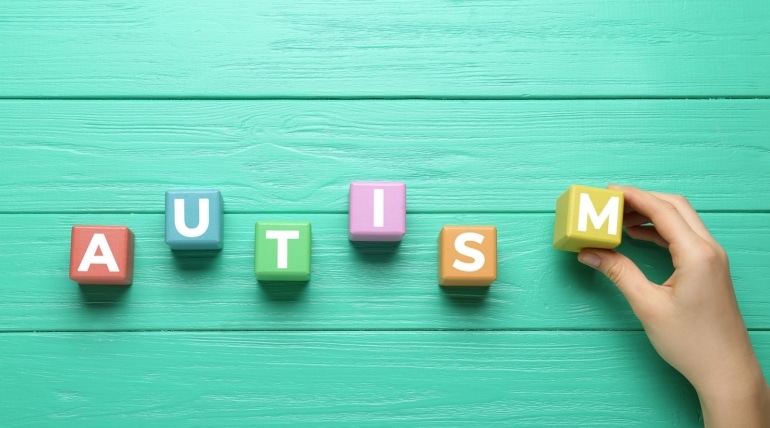A child’s speech development can be significantly improved through therapy. In addition to improving their communication ability, therapy can help children develop better eye contact, improve their sitting posture, and use more diverse sentence structures. Usually, the earlier a child begins therapy, the better the outcome. This article will discuss what therapy entails and how it can help your child.
What is speech therapy?
Speech therapy is a treatment that improves and helps a person’s communication ability. It can be used to treat various disorders, such as:
- Aphasia: difficulty understanding or producing spoken language
- Apraxia: difficulty producing speech sounds
- Dysarthria: difficulty articulating speech sounds
- Disfluency: disruptions in the flow of speech
- Voice disorders: changes in pitch, volume, or quality of the voice
- speech impairment due to hearing loss
What does speech therapy look like in real life?
Speech therapy usually consists of one-on-one sessions between a therapist and a child. The speech therapist will assess the child’s ability to understand and produce speech. They will design a therapy plan tailored to the child’s specific needs. The therapy plan may involve activities such as:
- Practicing pronouncing words and sounds
- Reading aloud
- Playing games that encourage communication
- Working on improving eye contact and sitting posture
- Using AC methods such as sign language or picture boards
- Exercises to improve the muscles used for speech production
Once the therapy plan is in place, the therapist will regularly conduct sessions with the child until the goals are met. The therapist will also work with the child’s caregivers to provide them with strategies they can use at home to support their progress.
Why is speech therapy necessary?
Speech therapy is important because it can help children to develop better communication skills. Communication is a fundamental human need and is key in all aspects of our lives. Children need to communicate effectively too:
- Develop relationships with others
- Learn new skills
- Express their thoughts and feelings
- Participate in activities at home, school, & in the community
Speech therapy can also help to improve a child’s quality of life by teaching them alternative communication methods, such as gestures, sign language, or PECS. These methods can be used when verbal communication is not possible or difficult.
Children who receive speech therapy can also benefit from improved social skills, self-esteem, and confidence. Furthermore, early intervention is important because it can prevent the development of more serious communication disorders in later life.
Are there risk factors for speech therapy?
There are no known risks associated with speech therapy. However, it is important to note that not all children respond similarly to therapy. Some children may make more progress faster than others depending on various factors, such as:
- The severity of the communication disorder
- The age at which therapy is started
- The amount and frequency of therapy sessions
- The child’s motivation and cooperation level
- The support of the child’s caregivers
According to research, early intervention is key to achieving the best outcomes from speech therapy. Children who receive therapy as young as three make more progress and require less therapy than those who start later. Therefore, If you think your child may benefit from speech therapy, please talk to your doctor or contact a speech-language therapist.
Alternatively, you can find more information about speech therapy and how it can help your child on the American Speech-Language-Hearing Association website.




